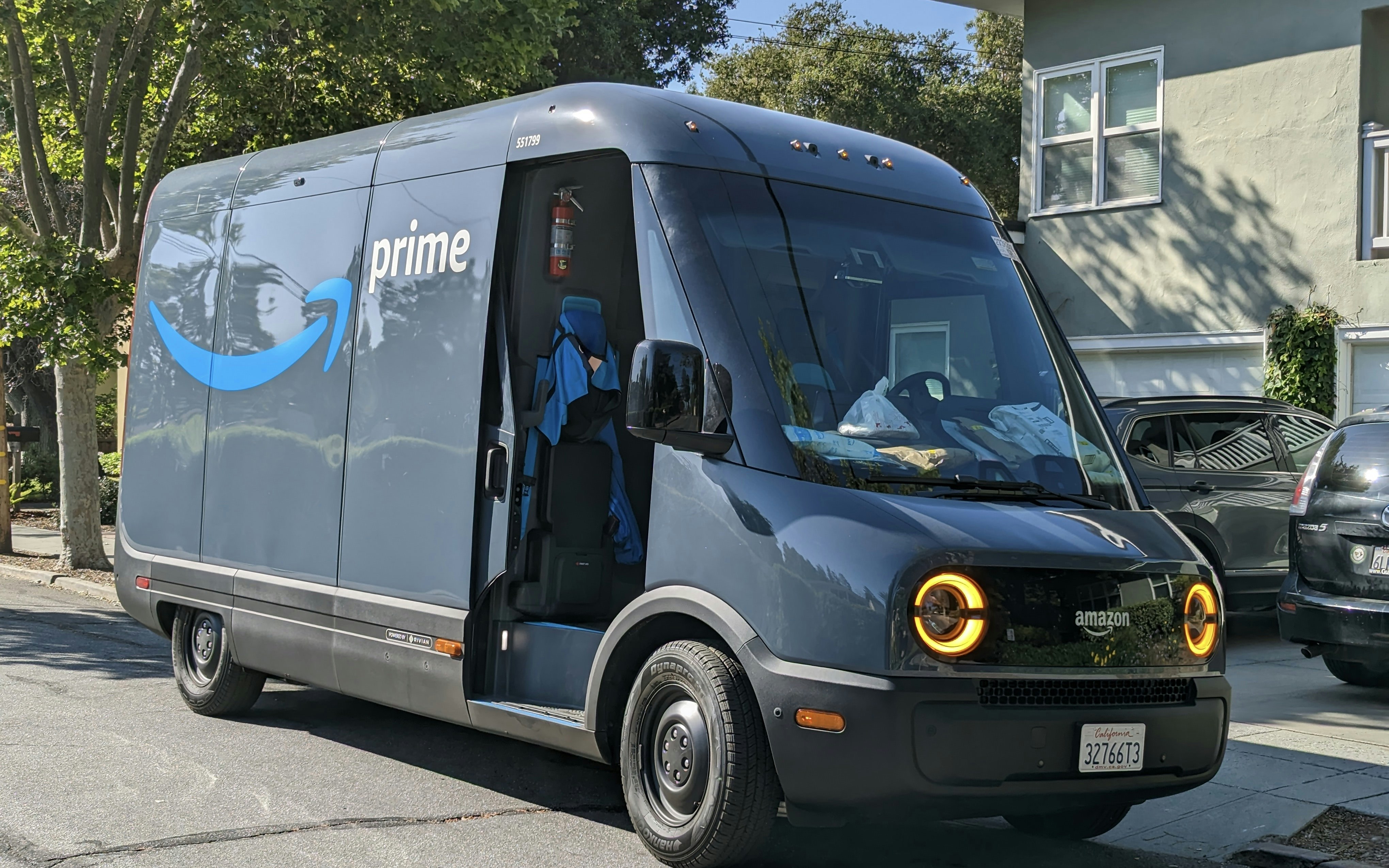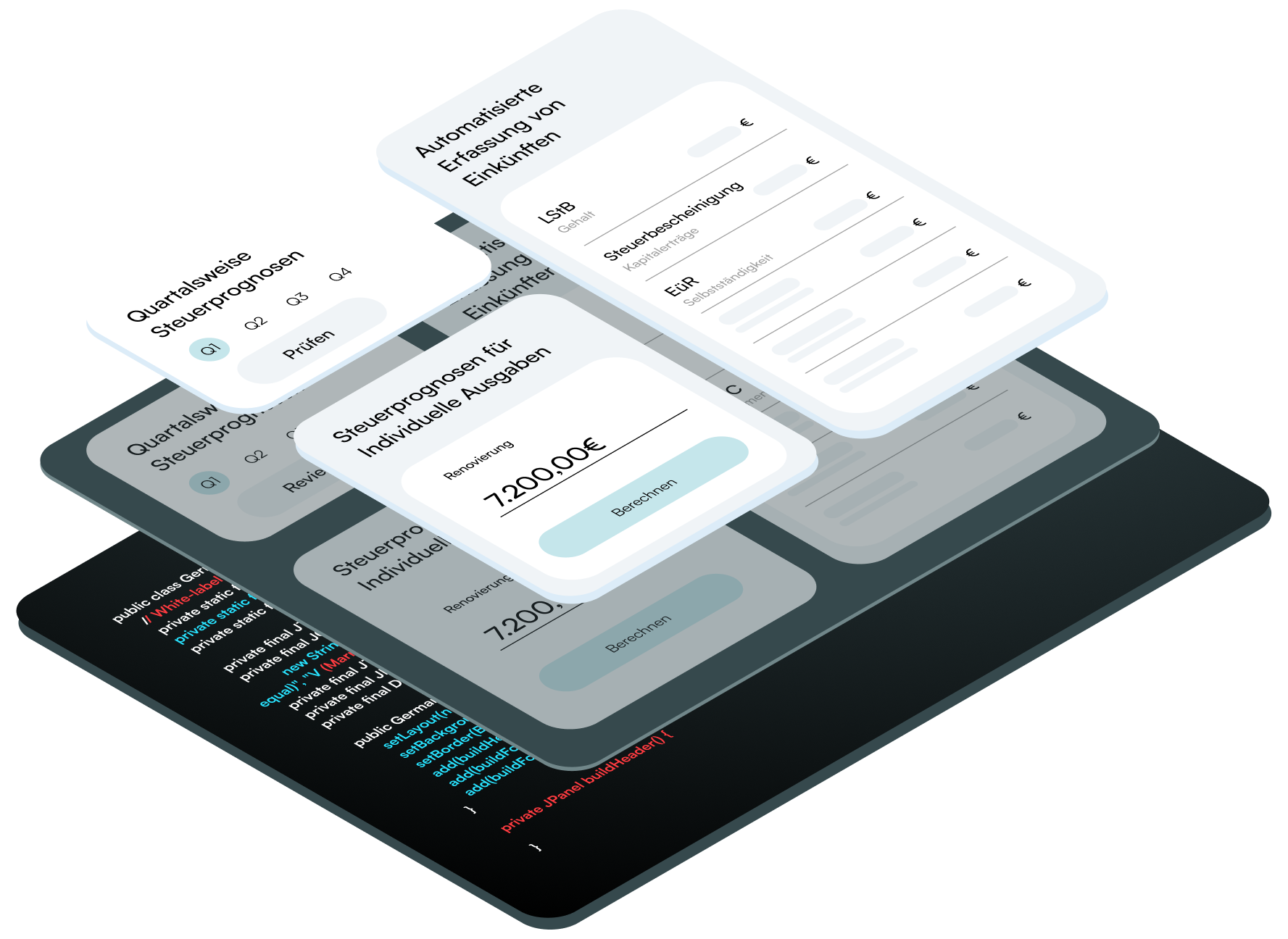Around $13.4 billion in gross merchandise value in just 48 hours: That was the result of last year's Prime Day, an increase of 10 percent compared to 2023. But those who measure success solely by these sales figures fall short. Amazon no longer uses the event primarily to reduce inventory - it's about much more.
This year, Prime Day will be stretched over four days. A direct comparison with previous years is thereby made more difficult. At the same time, the pressure increases: consumers are more reserved, retailers are less inclined to offer discounts due to high tariffs, and competitors like Walmart are increasingly setting counter-accents.
What is decisive, however, is not the short-term sales boost in online retail, which is expected to account for 39 percent of Amazon's total sales in 2024 but brings hardly any returns with an estimated operating margin of only 5.4 percent. The actual profits flow from the follow-on effects. Prime Day is primarily a door opener into Amazon's strongest growing business areas.
More than 300 million paying Prime members receive exclusive access to offers, free shipping, and digital extras. The goal: customer retention and platform usage time. Once in the ecosystem, they also consume streaming content, use Alexa, or order more frequently—every click provides valuable data for the lucrative advertising business.
The advertising division is considered a margin paradise with an estimated 55 percent operating margin. Brands pay for visibility on one of the year's most traffic-heavy trading platforms. The more users Amazon mobilizes, the more precisely ads can be tailored - a business model with a built-in growth lever.
At the same time, the number of third-party providers is increasing. They now account for 60 percent of the trading volume and pay fees for storage, shipping, and fulfillment – a segment that, with revenues of 156 billion dollars last year, is long since Amazon's second-largest source of income.
In the background, however, an even bigger cogwheel is at work: Amazon Web Services (AWS). With almost 60 percent of the operating profit, the cloud service is the real backbone of the corporation. According to estimates, AWS will generate 126 billion dollars in revenue this year. Valued with the same multiple as Microsoft's cloud business, this results in a company value of 1.4 trillion dollars – more than half of Amazon's total value.
In short: Prime Day is not the goal, but the tool. An event that impresses less through discounts than through its ability to further expand Amazon's digital empire.







